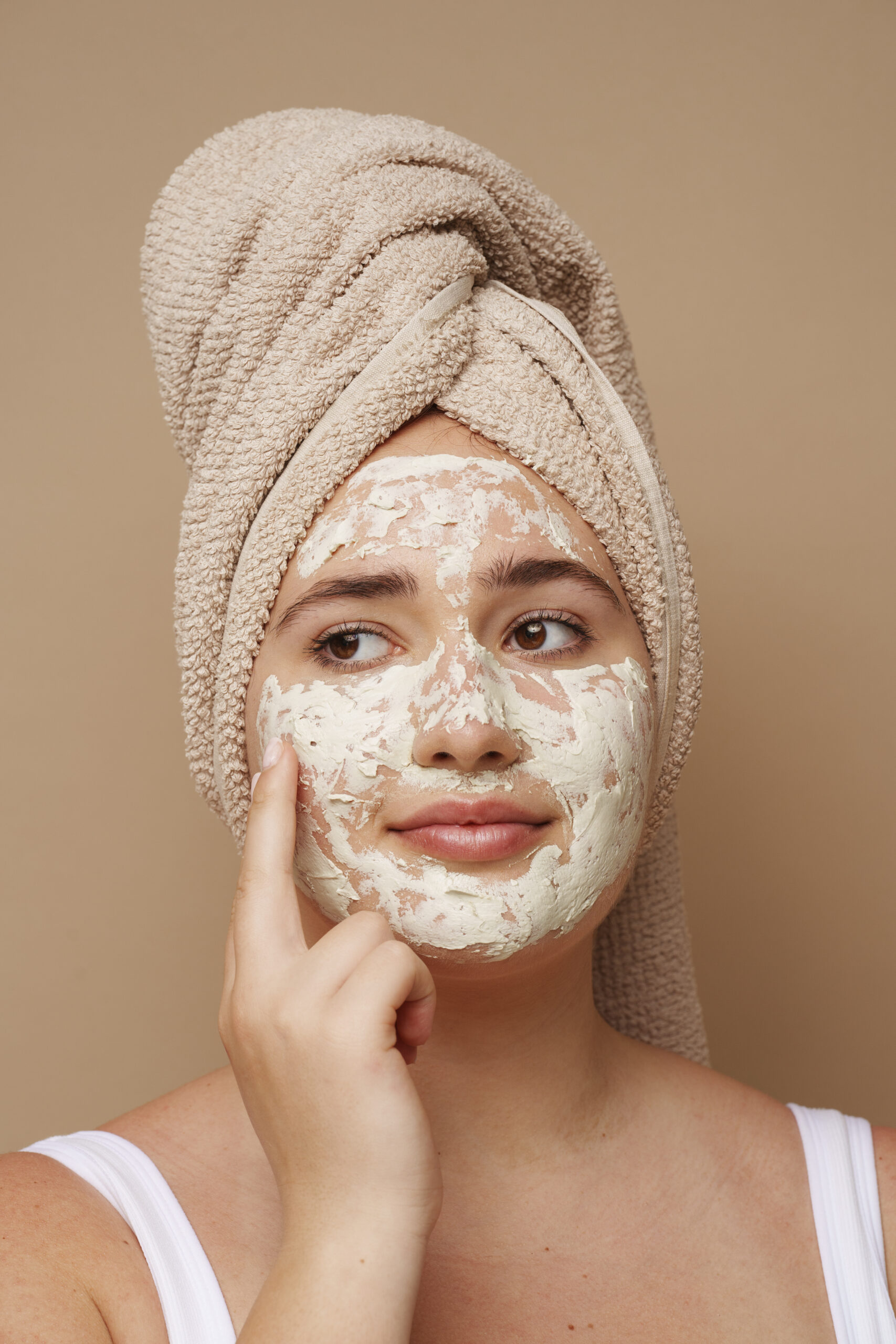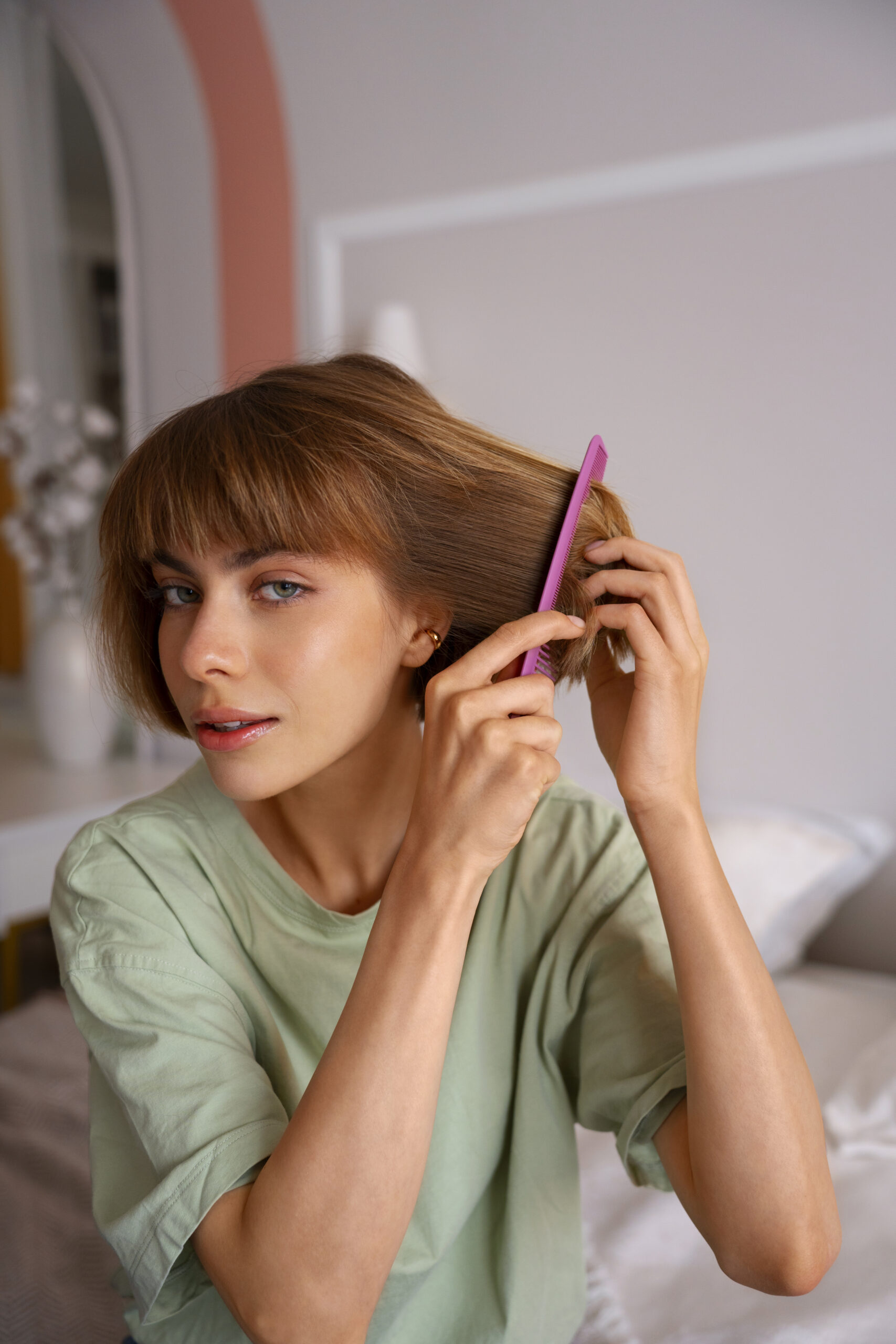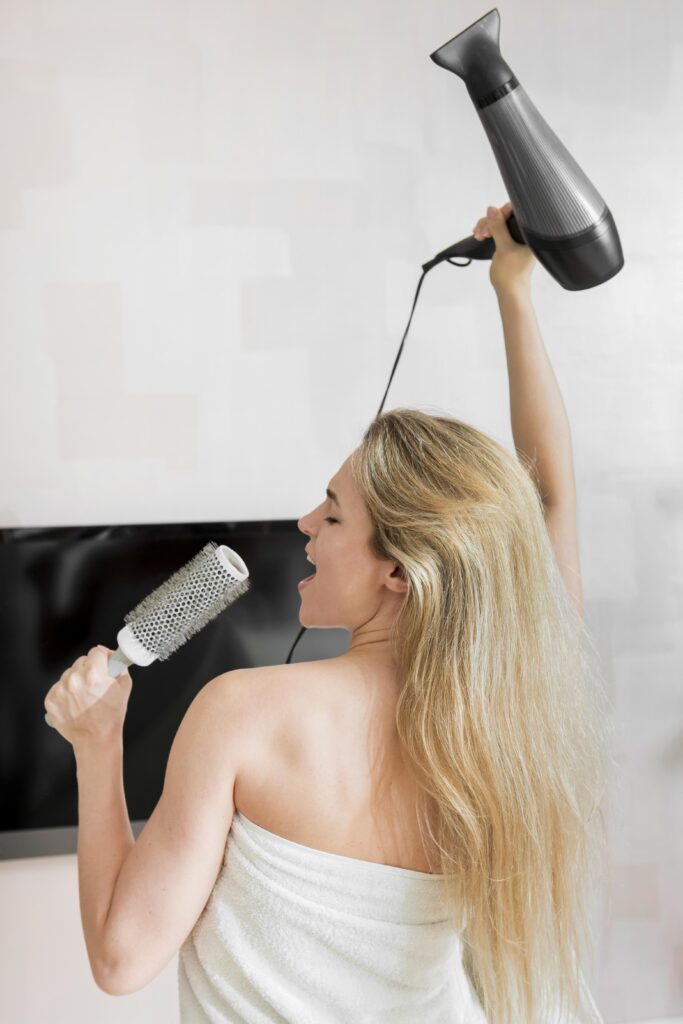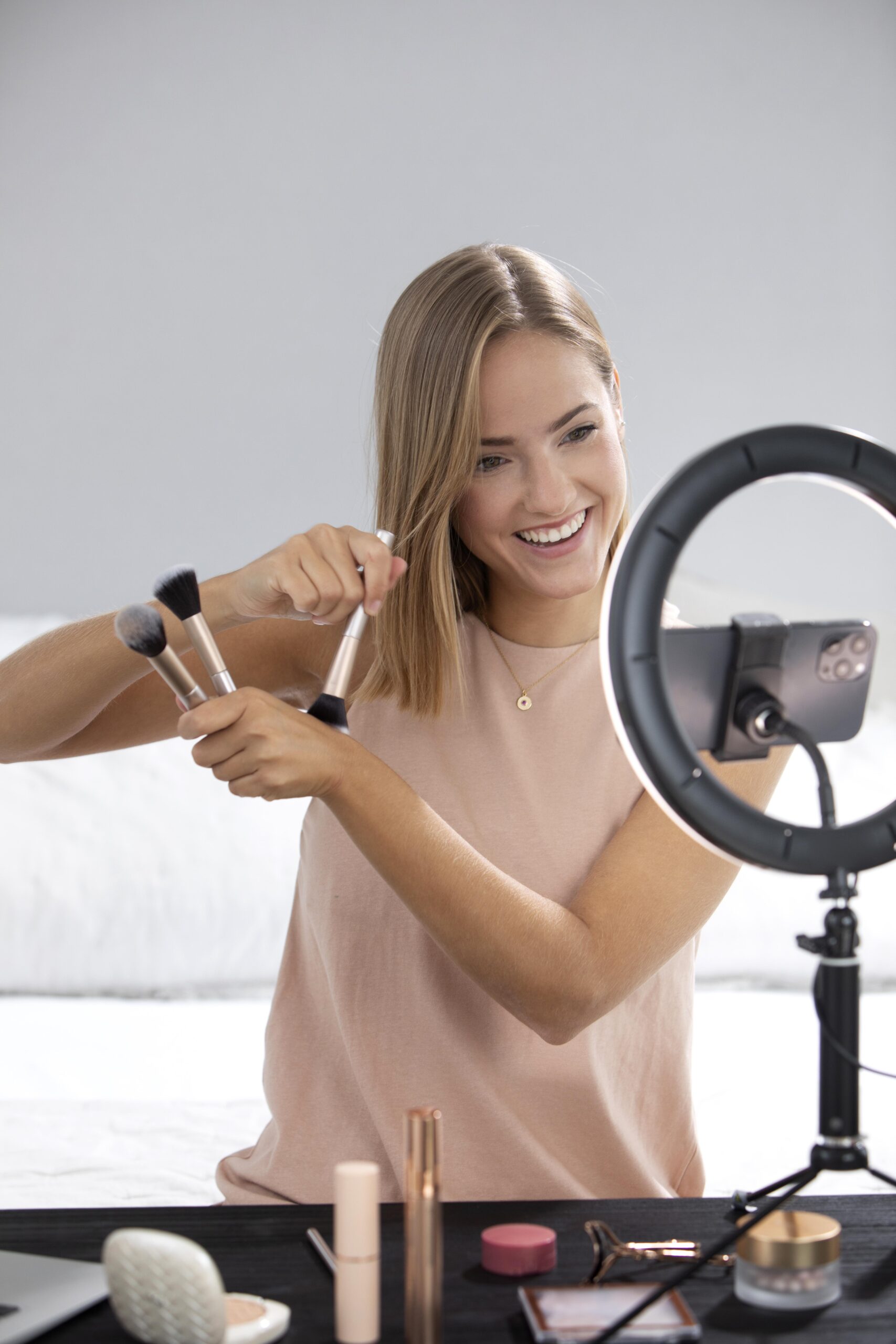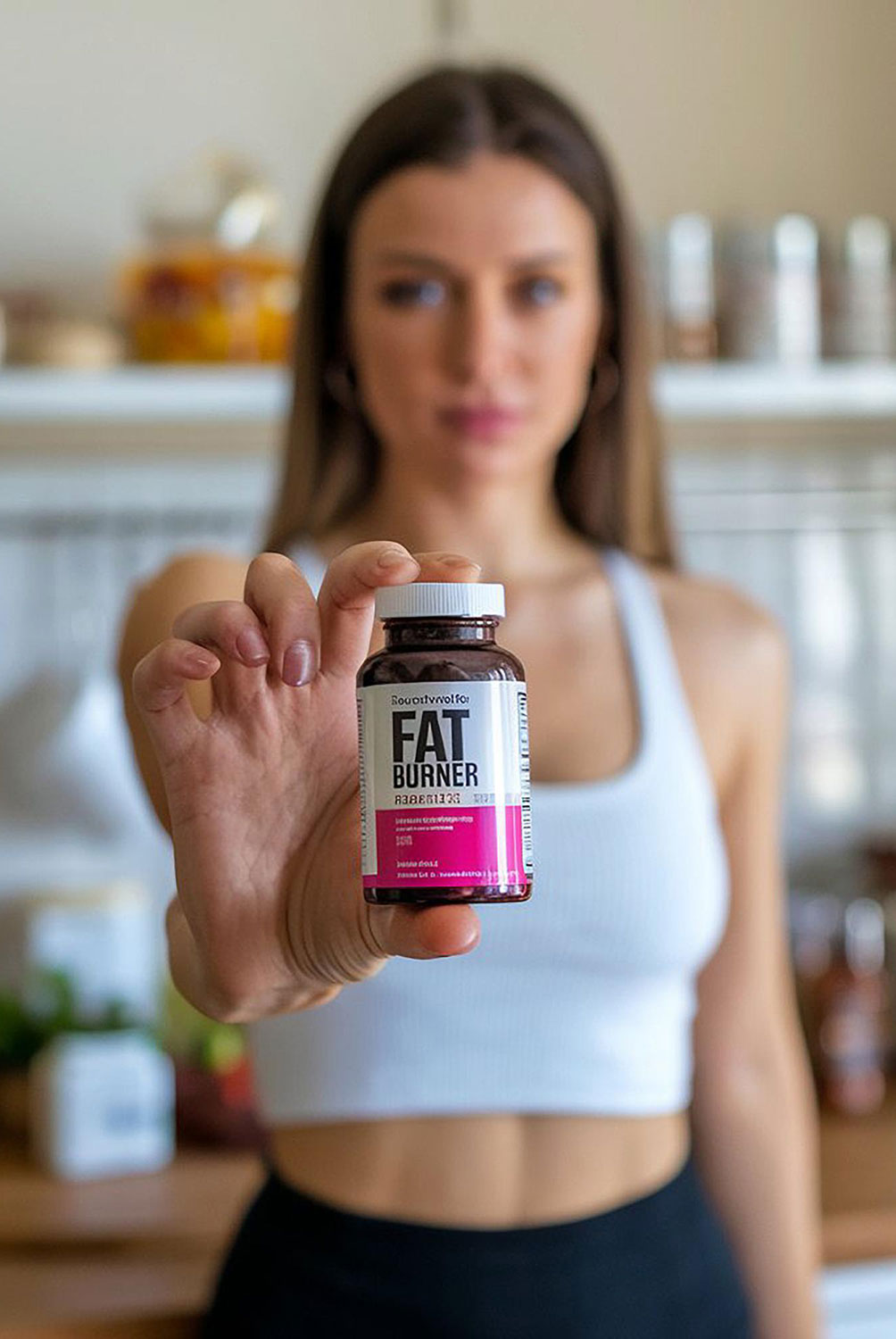5 Step Post Laser Care Guide for Glowing Skin
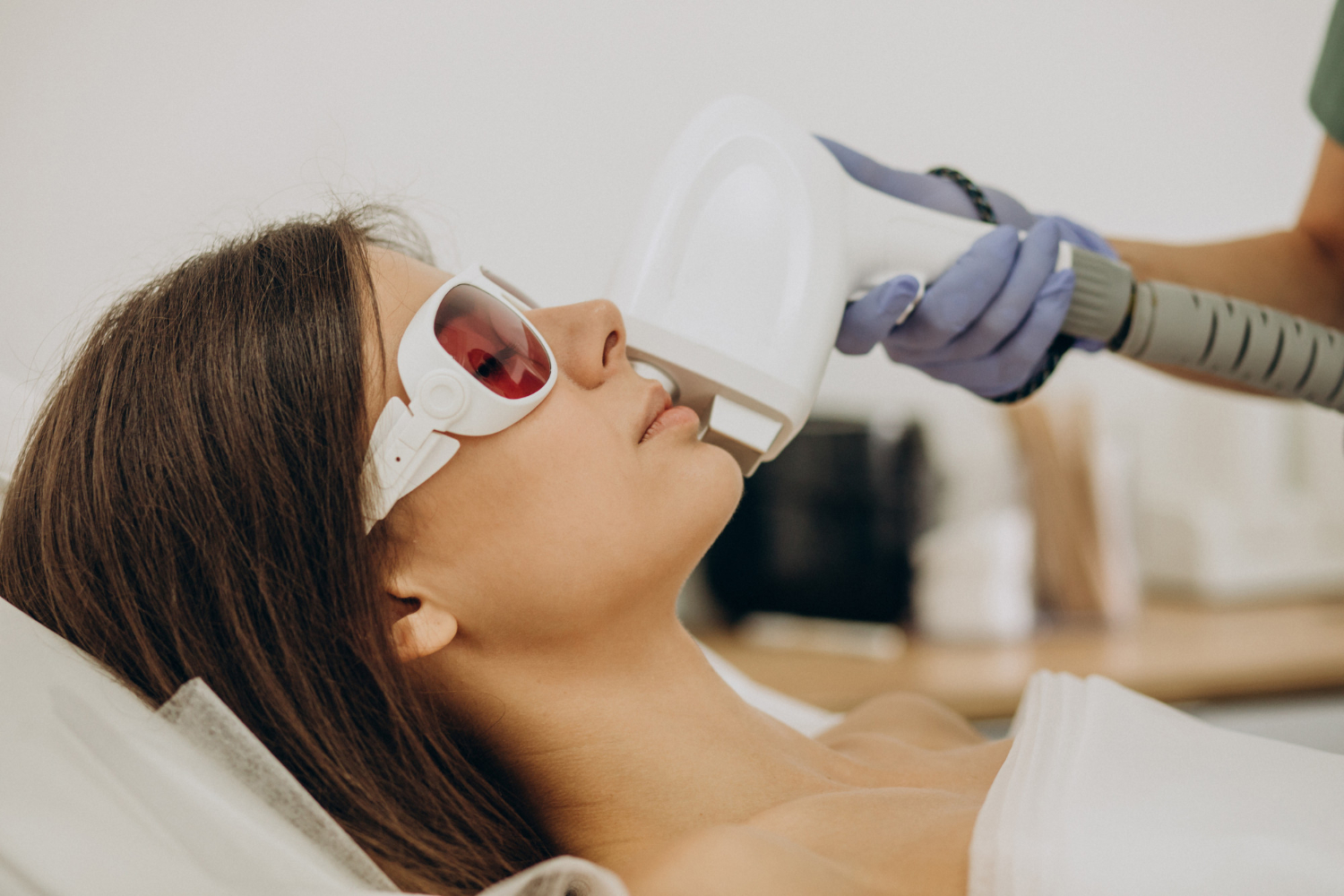
5 Step Post Laser Care Guide for Glowing Skin
Imagine stepping out of a laser clinic, a beacon of hope illuminating your path towards a flawless complexion, free from the shadows of unwanted facial pigmentation. The promise of laser treatments to gently erase sun spots, age spots, melasma, and other discolorations is undeniably alluring. This advanced technology harnesses the power of concentrated light to target and break down excess melanin, the pigment responsible for those pesky dark patches that can often mar our skin’s natural radiance.
You’ve taken the plunge, entrusted your skin to the skilled hands of professionals, and now stand on the cusp of achieving the even toned, luminous skin you’ve longed for.
However, the journey to truly radiant skin doesn’t conclude the moment the laser wand is put down. In fact, the period immediately following your laser session is arguably just as crucial as the treatment itself. This post laser phase is a delicate window of opportunity, a time when your skin is in a state of heightened sensitivity and actively undergoing the healing process.
How you care for your skin during these critical days and weeks will significantly influence the final outcome of your laser treatment, determining not only the effectiveness of the pigment removal but also the overall health and appearance of your complexion.
Neglecting proper aftercare can not only compromise the results you’ve invested in but can also lead to a host of undesirable complications. Redness and swelling, while common immediately after the procedure, can linger or intensify if not managed correctly. The risk of post inflammatory hyperpigmentation (PIH) the very issue you sought to address can ironically increase if your skin isn’t adequately protected from further irritation and sun exposure. In more severe cases, improper care can even lead to infection, scarring, or prolonged discomfort.
Conversely, diligent and informed post-laser care can significantly enhance the benefits of your treatment. By providing your skin with the gentle nurturing it needs, you can expedite the healing process, minimize potential side effects, and ultimately reveal a smoother, clearer, and more even toned complexion. Think of this period as a partnership between you and the laser technology, where your commitment to proper aftercare acts as the vital supporting role in achieving the desired transformation.
This comprehensive guide is your essential roadmap to navigating the crucial days and weeks following your facial pigmentation laser treatment. We will delve into the specific dos and don’ts, providing you with a clear understanding of the necessary steps to protect your skin, promote healing, and maximize the beautiful results you deserve.
From the immediate aftermath to long term maintenance, we will equip you with the knowledge and practical advice to ensure your journey towards radiant, even toned skin is a successful and rewarding one. Prepare to unlock the secrets to post-laser care and unveil the luminous complexion that awaits.
Understanding the Science: How Laser Targets Pigmentation
To appreciate the importance of post laser care, it’s beneficial to understand the fundamental principles behind the treatment itself. Laser treatments for pigmentation employ focused beams of light at specific wavelengths that are selectively absorbed by melanin, the pigment in your skin that causes dark spots. This absorbed energy creates heat, which then breaks down the excess melanin into smaller particles.
Over the following days and weeks, the body’s natural processes work to eliminate these fragmented pigment cells, leading to a visible lightening of the treated areas. This targeted approach minimizes damage to the surrounding skin, making it a relatively safe and effective way to address various forms of hyperpigmentation. However, the skin is still subjected to controlled trauma, necessitating careful attention during the recovery phase.
The Immediate Aftermath: Care in the First 24-48 Hours
The initial hours following your laser treatment are critical for setting the stage for proper healing and optimal results. Your skin will likely exhibit some immediate reactions, and how you respond to these will significantly impact the subsequent recovery period.
-
Managing Redness and Swelling: Redness and mild swelling are common and expected immediately after laser treatment. These are signs of the skin’s natural inflammatory response to the laser energy. To minimize discomfort and reduce these effects, apply cool compresses or ice packs wrapped in a clean cloth to the treated areas for 10-15 minutes at a time, several times a day. Avoid applying ice directly to the skin, as this can cause further irritation. Keeping your head elevated, especially while sleeping, can also help to reduce swelling.
-
Keeping the Skin Clean and Dry (with Gentle Exceptions): Maintaining a clean environment for your healing skin is paramount to prevent infection. Generally, you should avoid washing the treated area for the first 24 hours unless specifically instructed otherwise by your practitioner. After this initial period, cleanse the skin very gently with lukewarm water and a mild, non irritating cleanser, as recommended by your clinic. Pat the skin completely dry with a soft, clean towel; avoid rubbing or scrubbing.
-
Avoiding Irritants: In the immediate post treatment phase, your skin will be particularly sensitive. It’s crucial to avoid anything that could potentially irritate or inflame the treated areas. This includes harsh soaps, exfoliants (both physical and chemical), fragranced products, and makeup. Stick to the basic, gentle care routine recommended by your practitioner.
The Crucial First Week: Nurturing the Healing Process
The first week following your laser treatment is a period of active healing and regeneration. Consistent and diligent care during this time is essential to support these natural processes and minimize the risk of complications.
-
Gentle Cleansing and Moisturizing: Continue to cleanse your skin with a mild, non soap cleanser as advised. Hydration is key to promoting healing and reducing dryness and peeling, which are common side effects. Apply a gentle, fragrance free, and non comedogenic moisturizer liberally throughout the day, especially after cleansing. Look for ingredients like hyaluronic acid, ceramides, and glycerin, which help to replenish the skin’s moisture barrier.
-
Strict Sun Protection: Your Non-Negotiable Shield: Sun exposure is the absolute enemy of healing post-laser skin and a major risk factor for post inflammatory hyperpigmentation (PIH). Even indirect sunlight can trigger melanin production in the treated areas. You must apply a broad spectrum sunscreen with an SPF of 30 or higher religiously every morning, even on cloudy days, and reapply it every two hours, especially if you are spending time outdoors.
-
Choose a mineral based sunscreen containing zinc oxide or titanium dioxide, as these are generally less irritating to sensitive skin. Wear protective clothing, such as wide brimmed hats and sunglasses, whenever you are outdoors.
-
Avoiding Heat and Strenuous Activity: Excessive heat can exacerbate inflammation and potentially lead to complications. Avoid hot showers, saunas, steam rooms, and strenuous exercise that causes excessive sweating during the first week. Increased blood flow to the face from physical exertion can also prolong redness and swelling.
-
Steering Clear of Certain Skincare Products: Continue to avoid any active skincare ingredients that could irritate your healing skin. This includes retinoids, alpha-hydroxy acids (AHAs), beta-hydroxy acids (BHAs), and vitamin C serums, unless specifically instructed otherwise by your practitioner. Introduce these products back into your routine gradually, as your skin tolerates them.
Beyond the First Week: Long-Term Care for Lasting Radiance
Once the initial healing phase has passed, establishing a consistent long-term skincare routine is crucial for maintaining the results of your laser treatment and preventing future pigmentation issues.
-
Maintaining a Gentle Skincare Routine: Continue to prioritize gentle, non irritating skincare products. Avoid harsh scrubs, abrasive cleansers, and heavily fragranced products that could potentially trigger inflammation or hyperpigmentation.
-
Continued Vigilant Sun Protection: Sun protection remains your most important defense against the recurrence of pigmentation. Make broad spectrum SPF 30+ sunscreen a non negotiable step in your daily morning routine, year round.
-
Hydration and Internal Health: Staying well hydrated by drinking plenty of water supports overall skin health and can aid in maintaining a radiant complexion. A balanced diet rich in antioxidants can also contribute to skin health.
-
Professional Follow-Up and Potential Further Treatments: Attend any scheduled follow up appointments with your laser practitioner. They can assess your progress and advise on any further treatments that may be beneficial for maintaining your results or addressing any residual pigmentation. Depending on the type and severity of your pigmentation, multiple laser sessions may be required to achieve optimal clearance.
Common Post-Laser Side Effects and Their Management:
While laser treatments for pigmentation are generally safe, it’s important to be aware of potential side effects and how to manage them:
-
Redness and Swelling: As mentioned earlier, these are common and usually subside within a few days. Cool compresses and elevation can help. Contact your practitioner if redness or swelling worsens significantly or persists for more than a week.
-
Dryness and Peeling: As the treated pigment rises to the surface and is shed, you may experience dryness and mild peeling. Resist the urge to pick or scrub at the peeling skin. Instead, keep the skin well moisturized to aid the natural shedding process.
-
Darkening of Pigmentation (Temporary): In some cases, the treated pigmentation may appear slightly darker in the initial days after the laser session. This is a normal part of the process as the pigment is being broken down. It should gradually fade over the following weeks.
-
Itching: Mild itching can occur as the skin heals. Avoid scratching the treated areas, as this can lead to irritation and potentially infection. Applying a cool compress or a very mild, fragrance-free lotion may provide some relief.
-
Rare Complications: While rare, potential complications can include blistering, crusting, infection, or, as previously mentioned, post inflammatory hyperpigmentation (PIH). Contact your practitioner immediately if you experience any signs of these complications.
Product Recommendations for Post Laser Care:
Choosing the right skincare products after laser treatment is crucial for supporting healing and preventing adverse reactions. Opt for gentle, fragrance-free, and non comedogenic formulations.
-
Gentle Cleansers: Look for cleansers that are specifically labeled as mild or for sensitive skin. Examples include:
- Cetaphil Gentle Skin Cleanser: A classic, non-irritating formula.
- La Roche-Posay Toleriane Hydrating Gentle Cleanser: Formulated for sensitive and intolerant skin.
- CeraVe Hydrating Facial Cleanser: Contains ceramides to help restore the skin barrier.
-
Hydrating Moisturizers: Choose moisturizers that are lightweight yet effective in replenishing moisture. Examples include:
- Neutrogena Hydro Boost Water Gel: A lightweight, hyaluronic acid-based moisturizer.
- Vanicream Moisturizing Cream: A gentle, non irritating formula for sensitive skin.
- La Roche-Posay Toleriane Dermallergo Cream: Specifically formulated for ultra-sensitive skin.
-
Mineral Based Sunscreens: Opt for sunscreens containing zinc oxide or titanium dioxide. Examples include:
- EltaMD UV Clear Broad Spectrum SPF 46: A popular choice for sensitive and acne prone skin.
- Colorescience Sunforgettable Total Protection Face Shield SPF 50: A mineral sunscreen with a lightweight feel.
- Blue Lizard Australian Sunscreen Sensitive SPF 30+: A mineral sunscreen formulated for sensitive skin.
-
Soothing and Repairing Products: Consider incorporating products with ingredients known for their soothing and skin-repairing properties:
- Aquaphor Healing Ointment: Can be used sparingly on very dry or irritated areas.
- Cicalfate+ Restorative Protective Cream: Formulated to support skin recovery.
- Aloe Vera Gel (100% pure): Can provide soothing relief for mild irritation.
Dos and Don’ts: Your Post-Laser Care Checklist
Dos:
- Apply cool compresses to reduce redness and swelling.
- Cleanse the treated area gently with a mild cleanser (as directed).
- Pat the skin dry do not rub.
- Apply a gentle, fragrance-free, non comedogenic moisturizer liberally.
- Use a broad spectrum SPF 30+ mineral based sunscreen religiously.
- Wear protective clothing and seek shade when outdoors.
- Stay well hydrated.
- Attend all follow up appointments.
Don’ts:
- Pick, scratch, or rub the treated areas.
- Use harsh soaps, exfoliants, or fragranced products.
- Apply makeup to the treated area until the skin has healed (as advised).
- Engage in strenuous exercise or activities that cause excessive sweating immediately after treatment.
- Expose the treated area to excessive heat (hot showers, saunas, steam rooms).
- Use tanning beds or sunlamps.
- Skip sunscreen even indoors.
- Introduce active skincare ingredients without your practitioner’s approval.
Conclusion: Embracing Your Radiant Future
Embarking on a laser treatment journey to address facial pigmentation is an investment in your skin’s health and your self confidence. By understanding the importance of meticulous post laser care and diligently following the guidelines provided by your practitioner, you play an active and vital role in achieving the beautiful, even toned complexion you desire. Remember that patience and consistency are key. Allow your skin the time it needs to heal and regenerate, and make sun protection a lifelong commitment. With proper care and attention, you can unveil a brighter, more radiant future for your skin, free from the shadows of unwanted pigmentation.
Frequently Asked Questions (FAQ):
-
Q: How long will my skin be red after laser treatment?
- A: Redness typically lasts for a few hours to a few days, depending on the intensity of the treatment and your skin’s sensitivity.
-
Q: When can I start wearing makeup again after laser for pigmentation?
- A: It’s generally recommended to avoid wearing makeup on the treated area for at least 24-48 hours, or until the initial redness and sensitivity have subsided. Always follow your practitioner’s specific advice.
-
Q: Can I use ice directly on my face after laser treatment?
- A: Avoid applying ice directly to the skin. Always wrap ice packs in a clean cloth to prevent frostbite.
-
Q: What type of sunscreen is best to use after laser?
- A: A broad-spectrum mineral-based sunscreen containing zinc oxide or titanium dioxide with an SPF of 30 or higher is generally recommended as it is less likely to cause irritation.
-
Q: Is it normal for the treated spots to look darker before they get lighter?
- A: Yes, it is common for the treated pigmentation to appear slightly darker in the initial days after the laser session as the pigment is being broken down.
-
Q: How many laser sessions will I need to see results?
- A: The number of sessions required varies depending on the type and severity of your pigmentation. Multiple sessions are often necessary for optimal results.
-
Q: What should I do if I experience blistering after my laser treatment?
- A: If you experience blistering, contact your laser practitioner immediately for guidance. Do not attempt to treat it yourself.
-
Q: Can I go in the sun after my skin has healed?
- A: Yes, but diligent sun protection is crucial even after your skin has healed to prevent the recurrence of pigmentation. Make sunscreen a daily habit.



